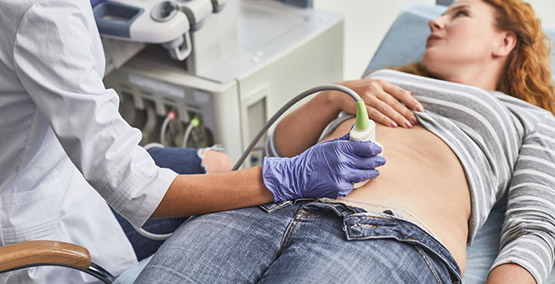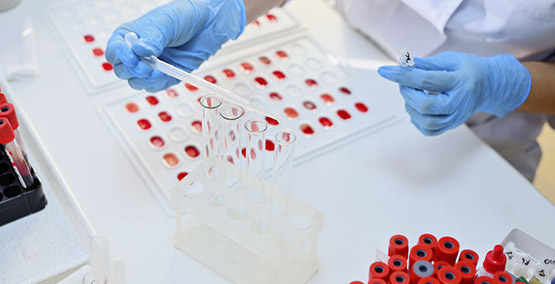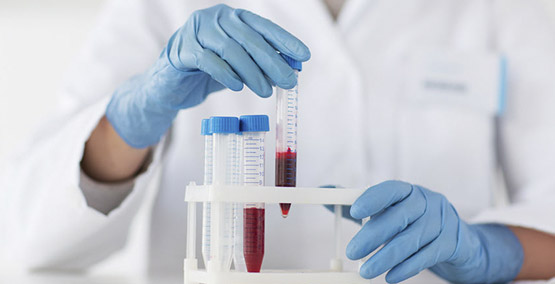
Are other organs besides the intestines affected by IBD?

Natalie Hill grew up in Atlanta...
Inflammatory Bowel Disease is an auto-immune disease, where the immune system seems to over-react to an as-yet-unknown trigger. As a result, it is not unexpected that this will often create auto-immune problems in other tissues. Because Crohn's disease and ulcerative colitis, the 2 main components of IBD, are different, it is also not unexpected that they have their own patterns of what are considered Extra-intestinal manifestations of IBD (EIMs). Of note, these patterns are different in pediatric (less than 16 years of age) and adults.
In the pediatric study (JL Dotson, J Ped Gastro Nutrition 2010: pages 140-5), 28% of the patients with IBD had 1 or more complaints, with 87% occurring in the first year. More of these extra-intestinal complaints developed in the children who had more severe IBD when it first was diagnosed. Compare that to the study (GE Tontini, World J Gastro 2015: pages 21-46) that showed in adults, these EIMs increase with how long the individual has had their intestinal disease. Strangely, some of these problems, the arthritis, some of the skin conditions and the liver disease can actually show up before the intestinal disease is recognized.
EIMs as a percentage of patients with these problems
| Crohn's disease | Ulcerative colitis | |||
| Children | Adults | Children | Adults | |
| Joint pain / bone problems | 10% | 22-67% | 15% | 22-67% |
| Arthritis | 3 | 20 | 2 | 11 |
| Skin problems | 4 | 8-15 | 1 | 3-10 |
| Liver disease | 1 | 1 | 4 | 2-4 |
| Eye | 0.8 | 6 | 0.4 | 3 |
| Blot Clots/ embolisms | 1 | 1 | ||
| Asthma | 7-8 | 7-8 | ||
Arthritis (of different joints) is generally the most common problem for both children and adults and for Crohn's disease and UC. However, others can have just joint pain (instead of actually swollen tender joints). In adults, this tends to come from osteoarthropathy, a condition that can be seen on x-rays, while in the children, it's not always clear why they have it.
The skin problems tend to be red and tender, coin-size like sores on the shins (erythema nodosum) that look like infected mosquito bites (in Crohn's disease), very deep, painful ulcers (pyoderma) on the thighs (in UC) or red, scaly areas like psoriasis that can occur with some of the treatments .
The liver disease, usually a condition called sclerosing cholangitis or primary sclerosing cholangitis (PSC), can be severe and serious, going on to be even more troublesome than the ulcerative colitis that usually causes it. even when it's not severe, the threat of it getting worse can limit the choice of medications that can be used.
Inflammation of the eyes (uveitis) may be visible or it may only be detected by an eye doctor when a patient with IBD complains of a change in vision or pain. Blood clots can cause significant problems, especially if they move to the lungs or the brain. And asthma may occur independently or be related to IBD activity, though that is unclear.

This article, as well as all others, was reviewed and edited by a member of our Medical Advisory Board.
Subscribe Be the first to know




